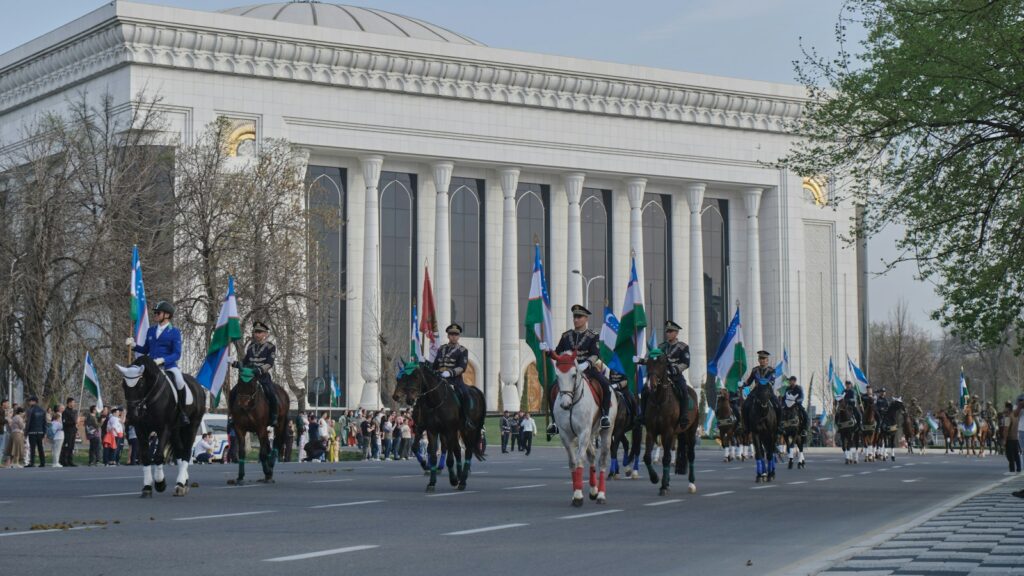Throughout history, the success of cavalry units often hinged on the agility and performance of their mounts. From the steppes of Central Asia to the battlefields of Europe and the Americas, specific horse breeds distinguished themselves with remarkable speed, endurance, and maneuverability that made them invaluable military assets. The relationship between horse and rider in combat situations represented one of history’s most significant military partnerships, where a horse’s natural abilities could mean the difference between victory and defeat. This article explores the remarkable equine athletes that shaped military history through their exceptional agility and adaptability to the demands of warfare.
The Arabian: Desert Warrior of Unmatched Stamina

The Arabian horse stands as perhaps the most influential cavalry mount in military history, prized for its exceptional combination of speed, endurance, and intelligence. These horses evolved in the harsh desert environment of the Arabian Peninsula, developing remarkable stamina that allowed them to travel great distances with minimal water. Their compact frames, typically standing between 14.1 and 15.1 hands high, featured a distinctive dished profile, large nostrils for efficient oxygen intake, and a naturally high tail carriage. Arabian horses were particularly valued for their incredible heat tolerance and recovery rates, allowing cavalry forces to maintain operational capability in environments that would exhaust other breeds. Their intelligence and loyalty made them responsive to riders in the chaos of battle, where split-second decisions could determine survival.
The Turkoman: Speed and Stamina of the Eastern Steppes
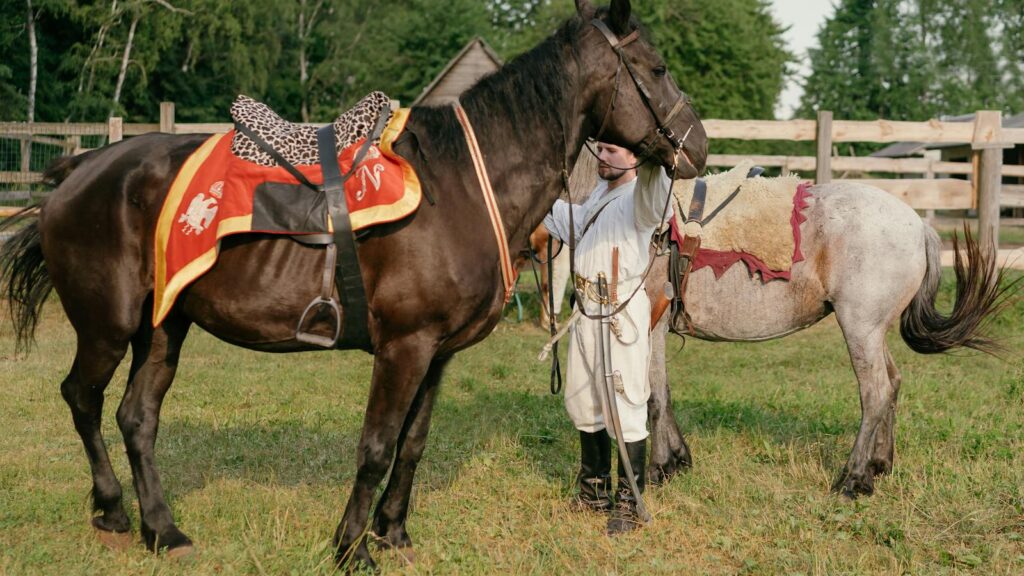
The now-extinct Turkoman horse was the premier cavalry mount of Central Asian armies, most notably those of the Parthians and later the armies of Persia and Turkey. Taller and more angular than Arabians, these horses combined impressive speed with remarkable endurance, allowing mounted archers to execute the famous “Parthian shot” – the tactical maneuver of shooting arrows while retreating at full gallop. Their lean, athletic build featured long legs and a deep chest that provided exceptional lung capacity for sustained high-speed movements. Turkoman horses were known for their “dry” appearance with prominent veins and clearly defined musculature, reflecting their exceptional cardiovascular efficiency. The breed significantly influenced modern Thoroughbreds and contributed to the development of several European warmblood breeds, ensuring their military legacy continued even after the breed itself disappeared.
The Andalusian: Spain’s Agile Battle Dancer
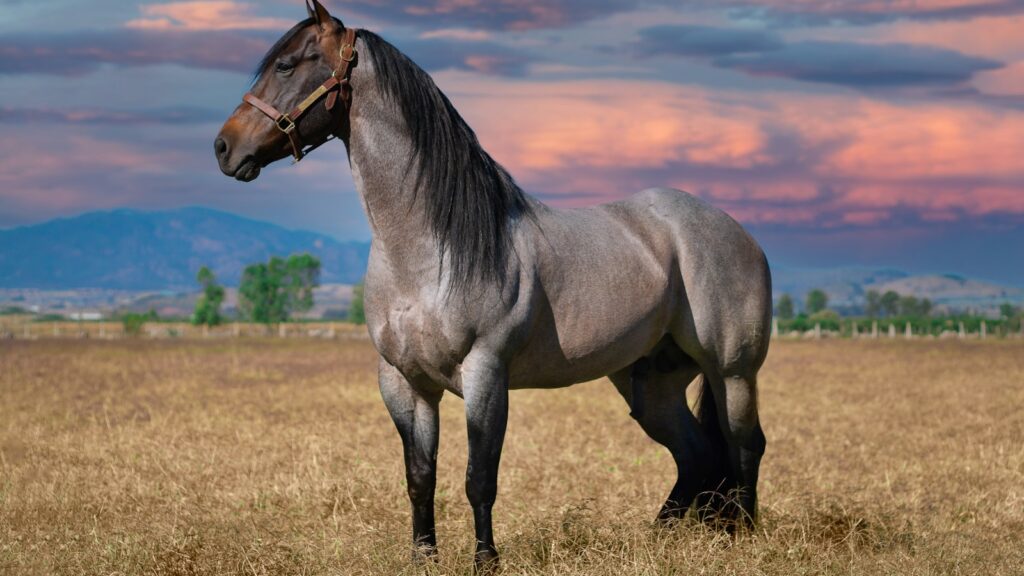
The Andalusian, or Pure Spanish Horse, earned its battlefield reputation through exceptional collection, balance, and lateral movement capabilities that proved invaluable in close combat situations. Their natural collection allowed riders to execute rapid directional changes and precise maneuvers while maintaining perfect balance, making them ideal for the complex mounted combat techniques developed in Renaissance Europe. Standing typically between 15.1 and 16.1 hands high, these horses combined substantial bone with remarkable flexibility, allowing them to carry armored knights while remaining maneuverable. The breed’s natural aptitude for collection made them particularly suitable for the advanced riding techniques documented in classical dressage, which originated largely from military horsemanship requirements. Spanish conquistadors relied heavily on these horses during their campaigns in the Americas, where their agility proved decisive against indigenous forces unaccustomed to cavalry warfare.
The Akhal-Teke: Golden Warrior of Central Asia
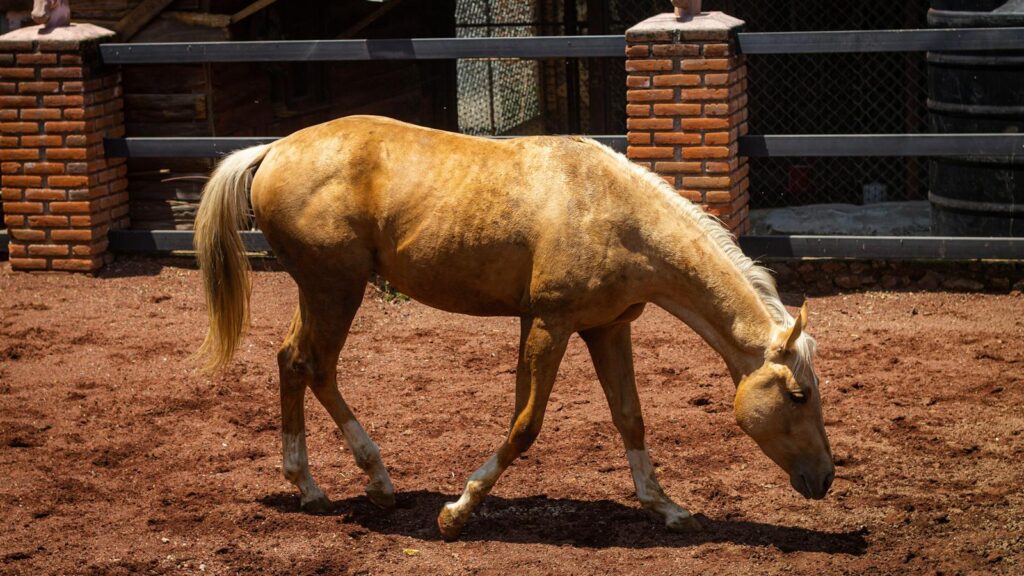
The distinctive Akhal-Teke, with its metallic coat and slender build, developed in what is now Turkmenistan as one of history’s premier endurance horses adapted specifically for raid-based warfare. These horses could cover tremendous distances across desert terrain while requiring minimal water and forage, making them invaluable for swift cavalry operations where logistics would limit other forces. Their unique physiology, featuring minimal body fat, thin skin, and efficient metabolism, allowed them to conserve energy and recover quickly from extreme exertion. Historical accounts describe Akhal-Tekes maintaining operational capability after covering over 600 kilometers of desert terrain in just three days. Their intelligence and single-rider loyalty made them particularly responsive in battle situations, creating horse-rider partnerships of exceptional coordination and effectiveness.
The Marwari: India’s Curved-Ear Battle Mount
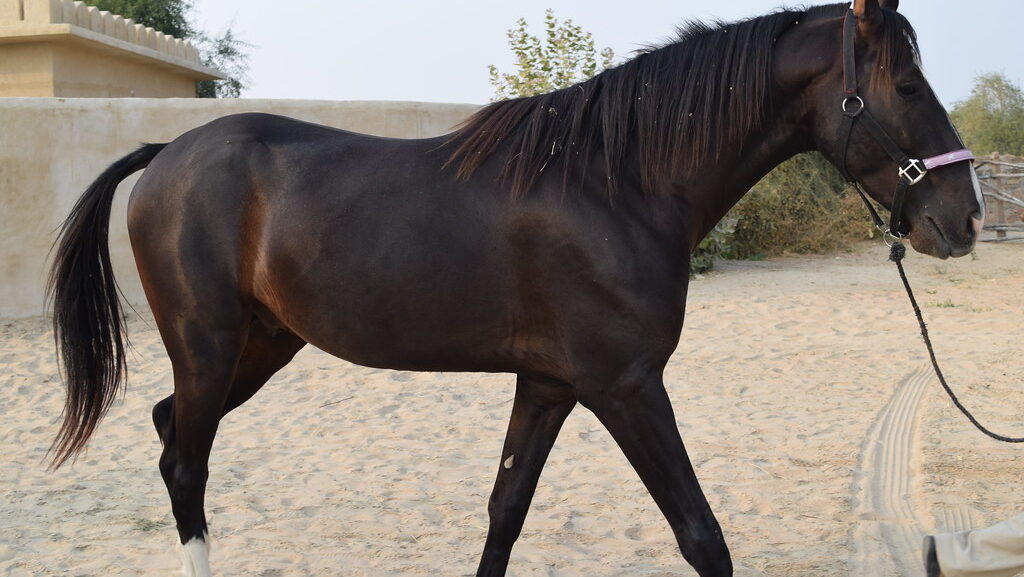
The Marwari horse, indigenous to the Marwar region of India, distinguished itself with remarkable heat tolerance and distinctive inward-curving ears that could rotate 180 degrees, giving riders tactical advantages through their mount’s superior hearing capabilities. These horses developed through selective breeding by Rajput warriors who required mounts with exceptional courage and agility for cavalry warfare in the challenging climate of northwestern India. Marwari horses became famous for their loyalty and “battle hardiness,” with historical accounts describing horses that would remain with fallen riders or return wounded riders safely to camp. Their medium-sized frames, typically standing between 14.2 and 15.2 hands, featured naturally uphill conformation that facilitated quick turns and rapid acceleration from standstill positions. The breed’s natural ambling gait also provided riders with greater stability for mounted archery and swordsmanship, contributing to the effectiveness of Rajput cavalry tactics.
The Mongolian Horse: Conqueror of Continents

The compact but incredibly tough Mongolian horse proved instrumental in creating the largest contiguous land empire in history under Genghis Khan and his successors. Standing just 12 to 14 hands high, these small horses possessed disproportionate strength, remarkable endurance, and exceptional survivability in extreme conditions ranging from -40°C winters to scorching summers. Mongolian mounted warriors maintained multiple horses per rider, allowing them to cover up to 100 miles daily by rotating mounts, far outpacing larger armies with more conventional logistics. Their natural hardiness allowed them to forage on their own without grain supplementation, solving the logistical challenges that limited other cavalry forces. Historical accounts describe Mongolian horses functioning effectively in battle even after recovering from significant injuries that would have permanently disabled more refined breeds, highlighting their exceptional toughness and adaptability.
The Berber Horse: North Africa’s Desert Tactician
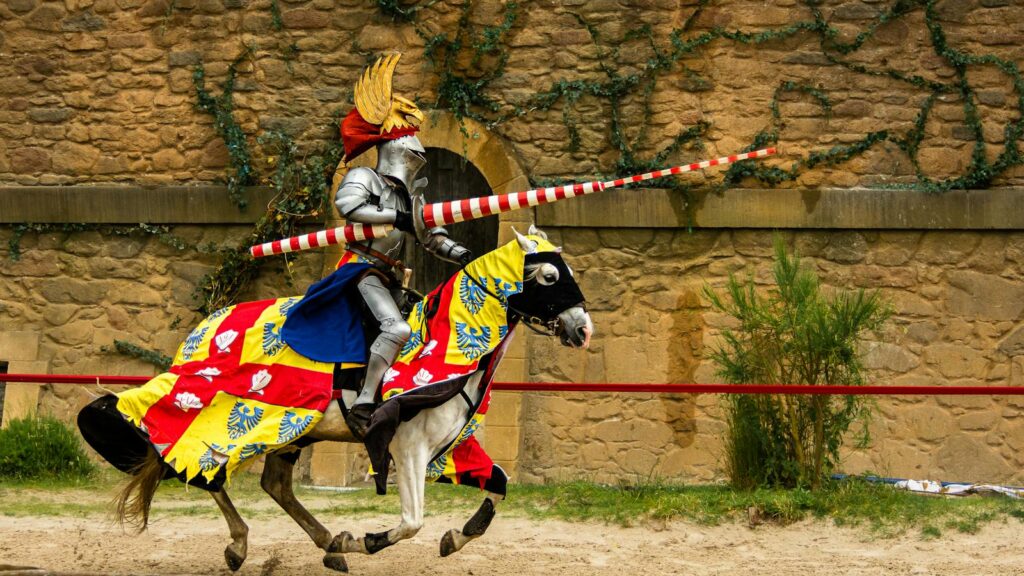
The Berber horse of North Africa, ancestor to the modern Barb, excelled in the hit-and-run warfare favored by the nomadic tribes of the Maghreb, particularly during the Islamic expansion across North Africa and into Spain. Their compact frames featured powerful hindquarters that provided exceptional acceleration and agility in sandy terrain where other horses would struggle to maintain effective movement. These horses developed remarkable heat tolerance and minimal water requirements, allowing mounted forces to operate effectively in arid environments where opposing forces would be severely limited by logistics. Berber horses were particularly valued for their “war sense” – an intuitive ability to anticipate and react to battlefield dangers that experienced riders learned to trust. The breed significantly influenced European cavalry development after the Moorish conquest of Spain, with many European monarchs specifically requesting Barb horses for their mounted forces.
The Cossack Don: Russia’s Tireless Scout
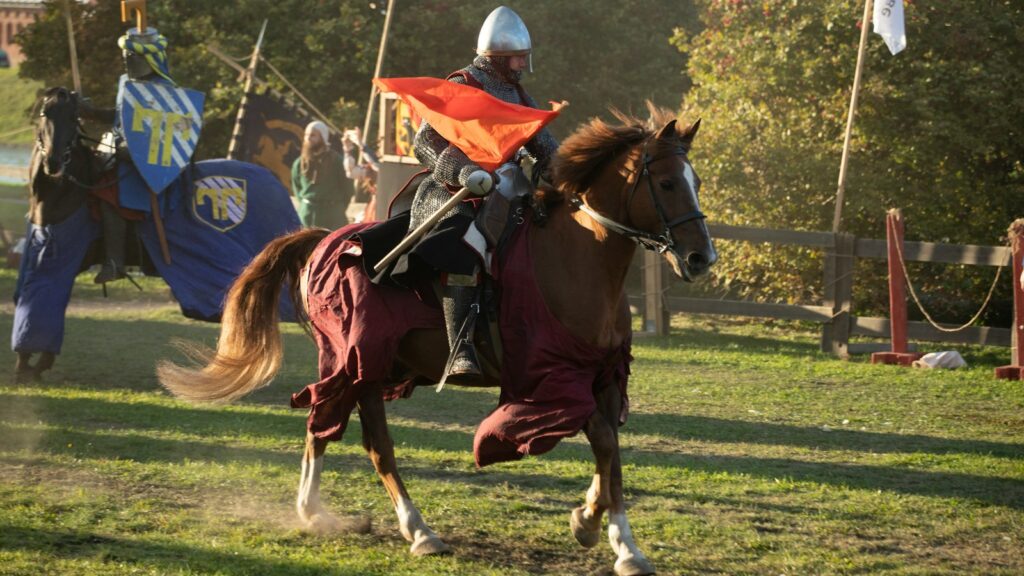
The Don horse, developed by Russian Cossacks, proved instrumental in expanding and defending the Russian Empire through its exceptional combination of speed, stamina, and cold-weather hardiness. These horses could maintain operational capability in extreme winter conditions that would immobilize other cavalry forces, giving Russian armies significant tactical advantages during winter campaigns. Standing between 15.1 and 16 hands, Don horses featured deep chests, strong bone structure, and remarkable endurance that allowed Cossack forces to cover 100 kilometers daily during extended campaigns. Their natural hardiness and foraging ability reduced logistical requirements, allowing Cossack light cavalry to operate independently behind enemy lines for extended periods. During Napoleon’s disastrous 1812 Russian campaign, Cossack cavalry mounted on Don horses effectively harassed the retreating French army, demonstrating the breed’s supreme ability to maintain operational capability in conditions that defeated Europe’s most formidable army.
The Polish Konik: Forest Fighter of Eastern Europe
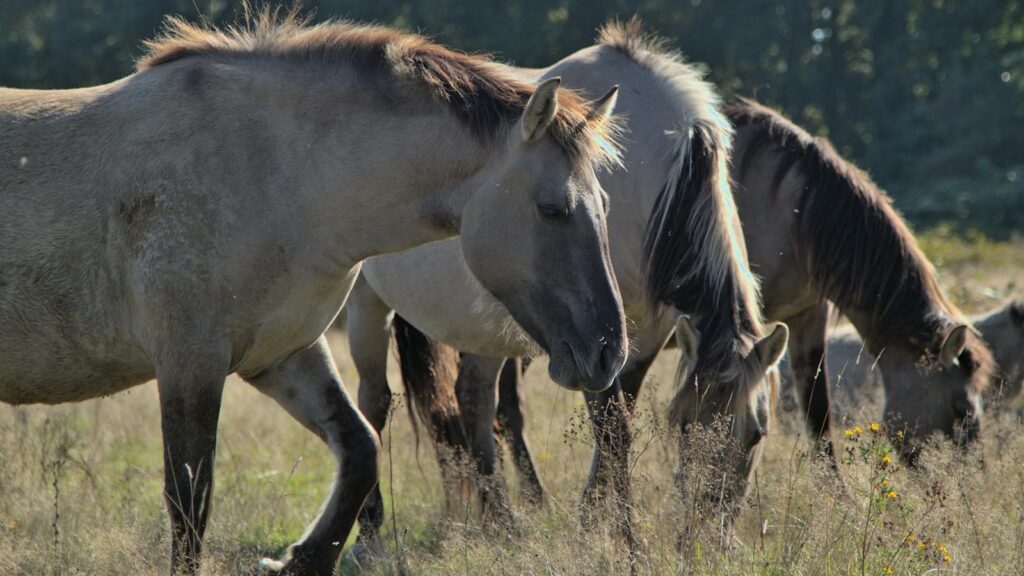
The Konik, a small primitive horse native to Poland, provided Eastern European light cavalry with exceptional maneuverability in the densely forested terrain that characterized much of the region’s battlefields. Their compact size, typically standing between 13 and 13.2 hands, allowed them to navigate through forest understory where larger warhorses would be severely limited in movement. These dun-colored horses descended from the extinct tarpan and retained remarkable hardiness, including the ability to survive on poor-quality forage and withstand extreme weather conditions without shelter. Polish and Lithuanian forces utilized Konik horses for lightning-fast raids, where their agility in difficult terrain and natural camouflage coloration provided significant tactical advantages. Historical accounts describe mounted units using these horses to execute rapid ambushes from forested areas before disappearing back into dense woodland before heavier forces could mount effective counterattacks.
The Quarter Horse: America’s Cavalry Revolution
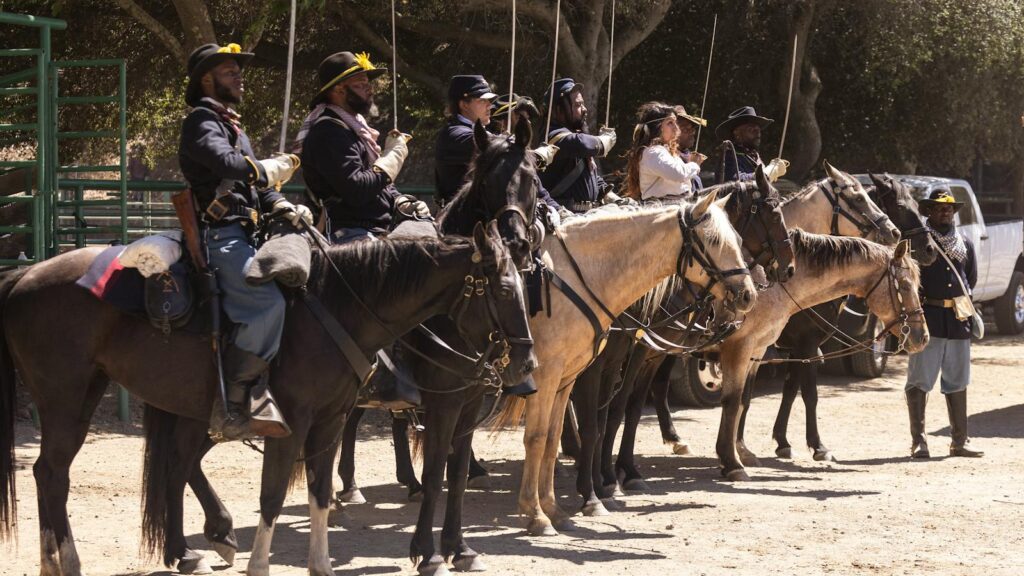
The American Quarter Horse, though developed later than many traditional cavalry breeds, revolutionized mounted warfare in the American frontier through its unmatched acceleration and agility over short distances. These horses could reach full gallop from standstill in just a few strides and change direction at high speed with remarkable balance, making them ideally suited for the skirmish tactics employed in American frontier conflicts. Their natural “cow sense” and responsiveness to subtle rider cues allowed for precise maneuvering during high-speed pursuits and retreats in varied terrain. During the American Civil War, Confederate cavalry under generals like J.E.B. Stuart and Nathan Bedford Forrest utilized Quarter Horse-type mounts to execute rapid raids behind Union lines, demonstrating their effectiveness in disrupting supply lines and communications. The breed’s low center of gravity and powerful hindquarters provided exceptional stability during mounted firearm use, contributing to the development of distinctive American cavalry tactics.
The Akal-Teke: Persia’s Long-Distance Raider
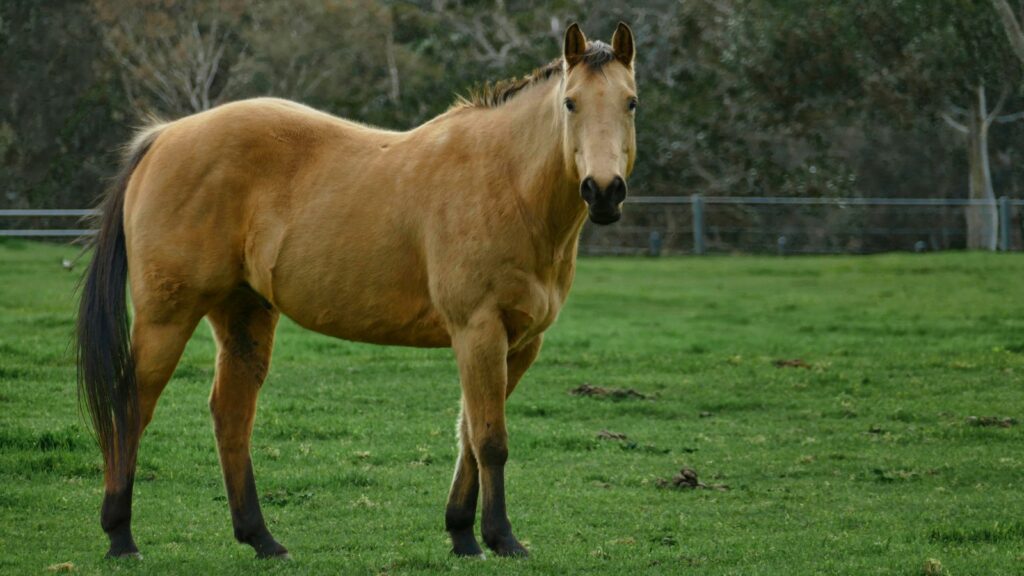
The Akal-Teke (distinct from the similar Akhal-Teke) developed in Persia as a specialized raiding horse capable of covering vast distances while carrying sufficient supplies for extended operations. Their slender but strong frames featured exceptional lung capacity and efficient movement that conserved energy during long campaigns. Persian cavalry units utilizing these horses became masters of deep penetration raids, striking targets hundreds of miles beyond expected operational ranges and withdrawing before opposing forces could organize effective responses. Their natural heat tolerance and minimal water requirements allowed them to traverse desert regions that would serve as natural barriers to conventional forces. Historical accounts describe Akal-Teke horses maintaining operational capability after seven days of restricted water rations, demonstrating physiological adaptations that significantly extended tactical possibilities for mounted warfare in arid regions.
The Criollo: South America’s Endurance Specialis
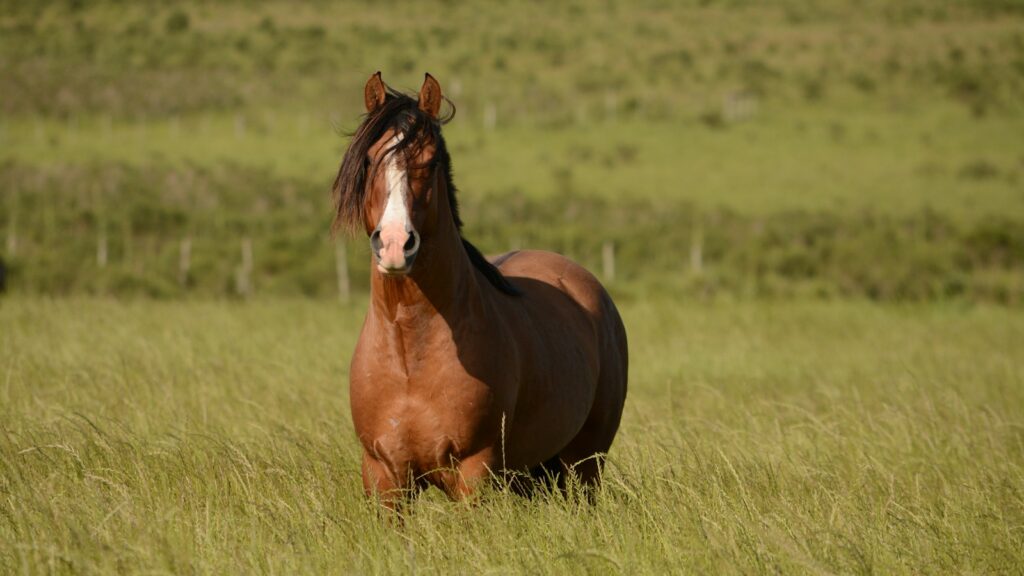
The Criollo horse of South America evolved from Spanish stock introduced by conquistadors, developing remarkable hardiness and endurance that made them indispensable for the continent’s distinctive cavalry traditions. These horses adapted to survive in environments ranging from the high Andes to the vast pampas, developing exceptional cardiovascular efficiency and natural soundness. Standing between 14 and 15 hands high, Criollos featured compact but muscular builds with exceptional bone density that reduced injury rates during extended campaigns. Their metabolic efficiency allowed them to maintain operational capability on minimal forage, reducing the logistical requirements that typically limited cavalry operations. During South America’s independence wars in the early 19th century, forces led by José de San Martín relied heavily on Criollo horses to cross the Andes Mountains in one of history’s most ambitious cavalry operations, surprising Spanish forces who believed the route impassable to mounted units.
The Caspian: Ancient Charioteer Reborn
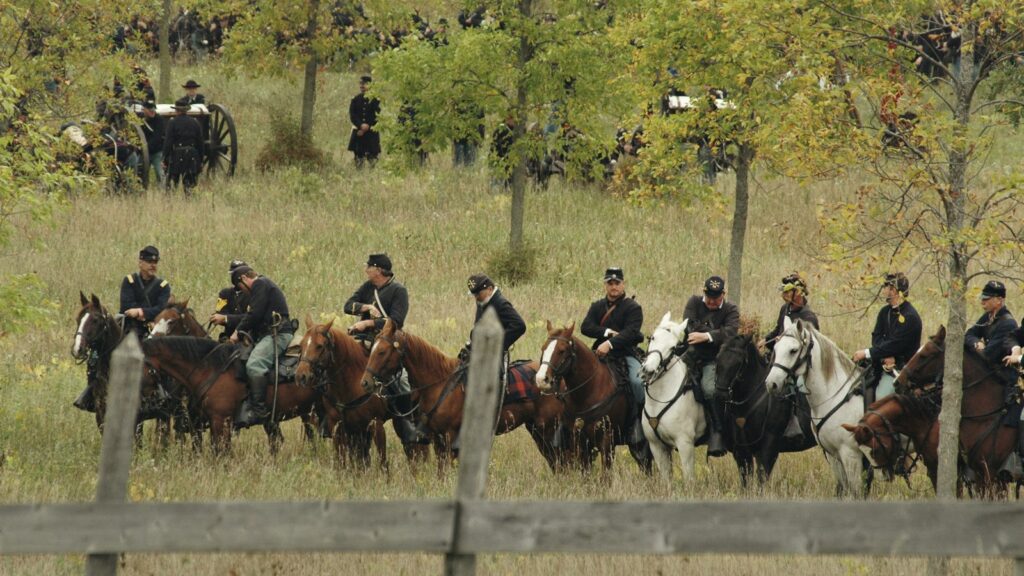
The Caspian horse, one of the world’s oldest breeds and once thought extinct until its rediscovery in the 1960s, served as the premier light cavalry and chariot horse of the ancient Persian Empire. Despite their small stature, typically standing between 11.2 and 12.2 hands high, these horses possess remarkable strength-to-weight ratios and natural agility that made them ideal for rapid deployment tactics. Archaeological evidence suggests that Caspian-type horses pulled the famous Persian war chariots during Darius the Great’s campaigns, demonstrating their historical military significance. Their exceptional intelligence and responsiveness allowed for precise maneuvers during complex battlefield situations, while their natural soundness reduced cavalry ineffectiveness due to lameness during campaigns. Rediscovered specimens have demonstrated the breed’s continuing athletic abilities, including the capacity to clear jumps more than twice their height – a testament to the explosive power that once served Persian military forces.
conclusion

The legendary agility of these historic cavalry breeds shaped military tactics and influenced the outcome of countless battles throughout history. From the nimble Arabian to the hardy Mongolian horse, each breed developed specific adaptations that provided tactical advantages to the forces that deployed them effectively. Their legacy extends beyond military history, as many of these breeds contributed to the development of modern sport and pleasure horses. Perhaps most importantly, these equine warriors remind us of the remarkable partnership between humans and horses that shaped civilization itself, creating mobile fighting forces that defined empires and altered the course of history through the thundering of hooves across the world’s battlefields.

